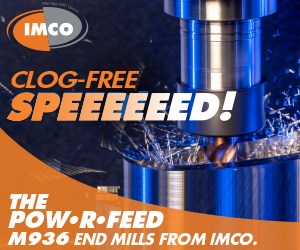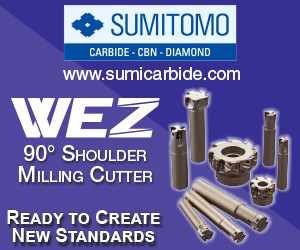Lathes Use Low-Frequency Vibration to Avoid Chip Problems
PMTS 2017: The popular Citizen Cincom L20 sliding-headstock lathes from Marubeni are now available with low-frequency vibration (LFV). LFV is said to avoid the problem of spiraling chips, chip entanglement and built-up edges.
The popular Citizen Cincom L20 sliding-headstock lathes from Marubeni are now available with low-frequency vibration (LFV). LFV is said to avoid the problem of spiraling chips, chip entanglement and built-up edges. Benefits include increased cutting tool life, reduced heat generation and reduced power consumption. LFV technology can handle a range of machining shapes and materials and is ideal for cutting difficult-to-cut materials, increasing throughput and improving part accuracy. In LFV cutting, “air cutting” time prevents the machining temperature from rising, prolonging tool life and providing relief from various problems caused by chips.
Related Content
-
How to Turn Machine Shop Downtime Into Process Expertise
To take advantage of a lull in business, JR Machine devised a week-long cutting tool event that elevated the shop’s capabilities with aerospace alloys.
-
A New Milling 101: Milling Forces and Formulas
The forces involved in the milling process can be quantified, thus allowing mathematical tools to predict and control these forces. Formulas for calculating these forces accurately make it possible to optimize the quality of milling operations.
-
Buying a Lathe: The Basics
Lathes represent some of the oldest machining technology, but it’s still helpful to remember the basics when considering the purchase of a new turning machine.


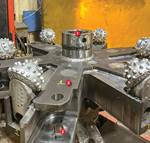


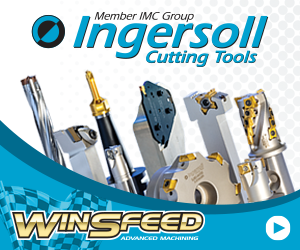
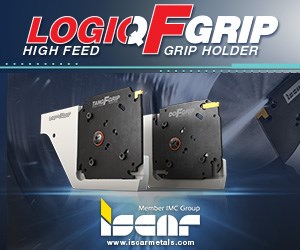
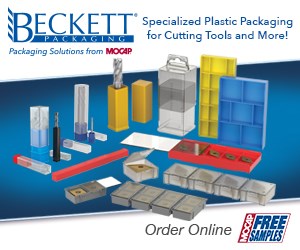
.png;maxWidth=300;quality=90)
